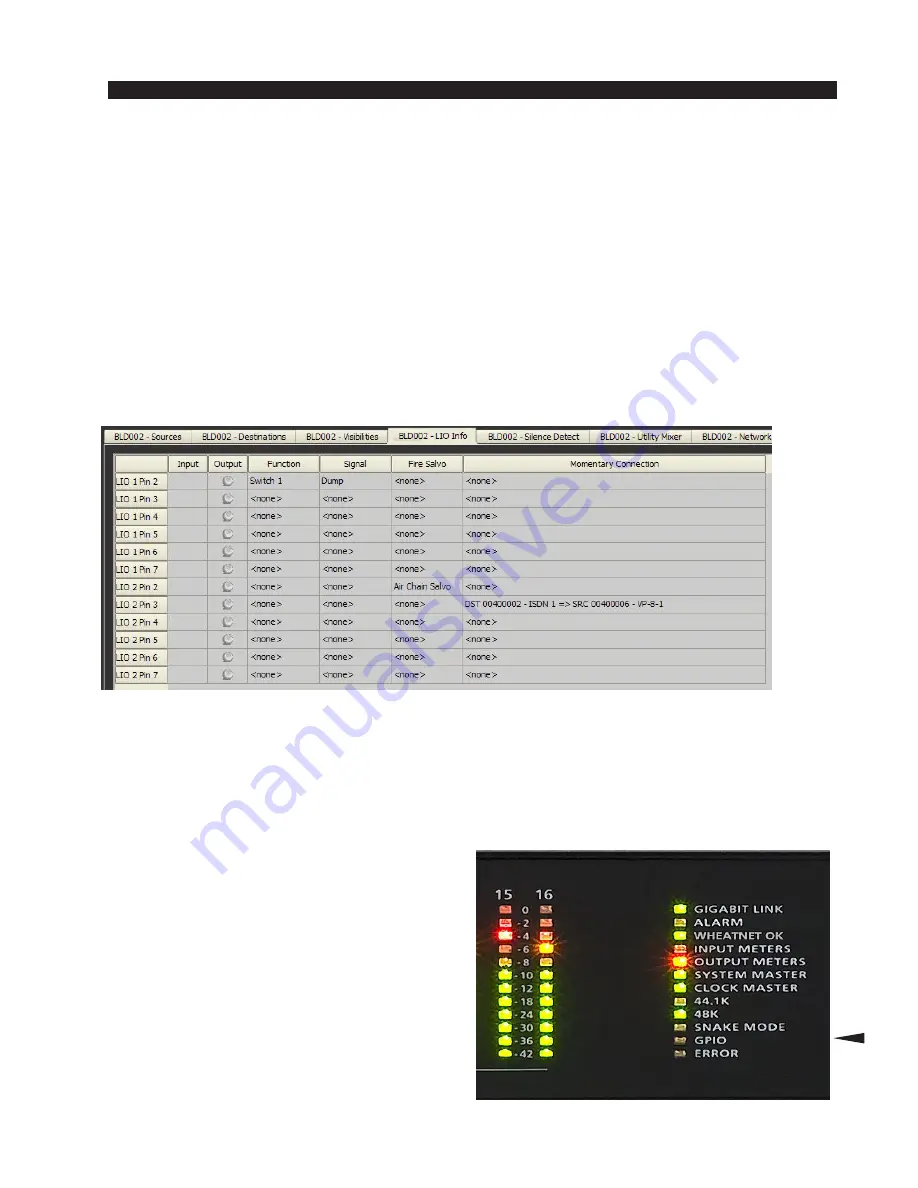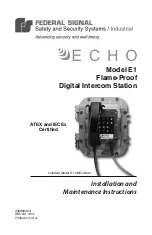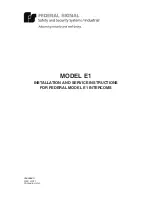
W H E A T N E T - I P S Y S T E M O P E R A T I O N A L M O D E S
page 2 – 22
WheatNet-IP
/ Apr 2009
come in especially handy. In the WheatNet-IP system, you can create a special
class of signal called “LIO only.” These signals appear in the crosspoint matrix as
logic “sources,” i.e. switches, and logic “destinations,” i.e. relays or indicators.
When a logic source is cross connected to a logic destination, via the Navigator
GUI for instance, then the logic state of the source will affect the logic state of the
destination; the switch will fire the relay. No actual logic wiring between the
switch and the relay is required, it all happens (with sub millisecond latency, by
the way) over the LAN.
A fourth type of logic function in the WheatNet-IP system is called “action
logic.” This is where you want some kind of system action to be controlled by a
logic state. An example of this might be switches that are programmed to fire a
salvo, or make a connection, or recall a control surface preset. Action logic is easily
programmed with the Navigator GUI and is described in detail along with the other
logic types in the GUI section of this manual.
One of the most challenging parts of any logic system is getting it all right,
making sure the senses, polarities, timing, and connections are all correct. In the
WheatNet-IP system we provide a number of useful tools to help. First of all, logic
pin outs, functions, and polarities can all be changed with a click of a mouse. You
can also specify what you want a logic connection to do when it’s disconnected (go
to a specific state or retain its last setting), and then change your mind about it later.
Each logic input or output is fully independent and not linked into a scheme or
template that uses them up needlessly. The
physical logic connections on each BLADE
are fully programmable; they can be all inputs,
all outputs, or any combination. Changing
them is simple via the Navigator GUI. The
GUI provides on-screen indication of logic
state changes so you can see that your buttons
are actually triggering the right ports. The
BLADEs themselves have a logic test display
mode that will show the state changes on
every logic input or output. They also have a
front panel indicator (GPIO) that goes off
when any logic state is changed, so you can see
that your logic programming is getting through
WheatNet-IP
/ June 2010
















































